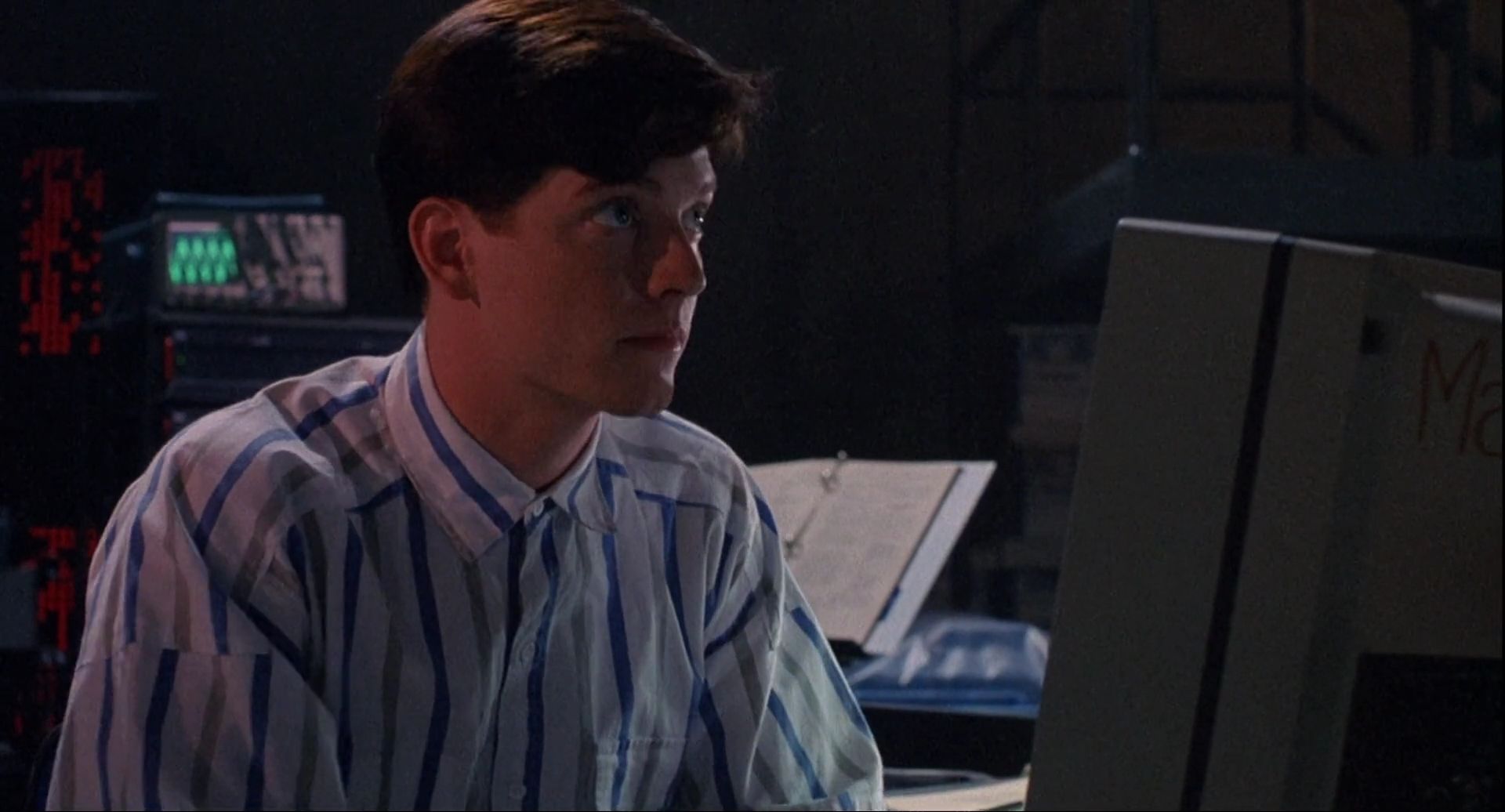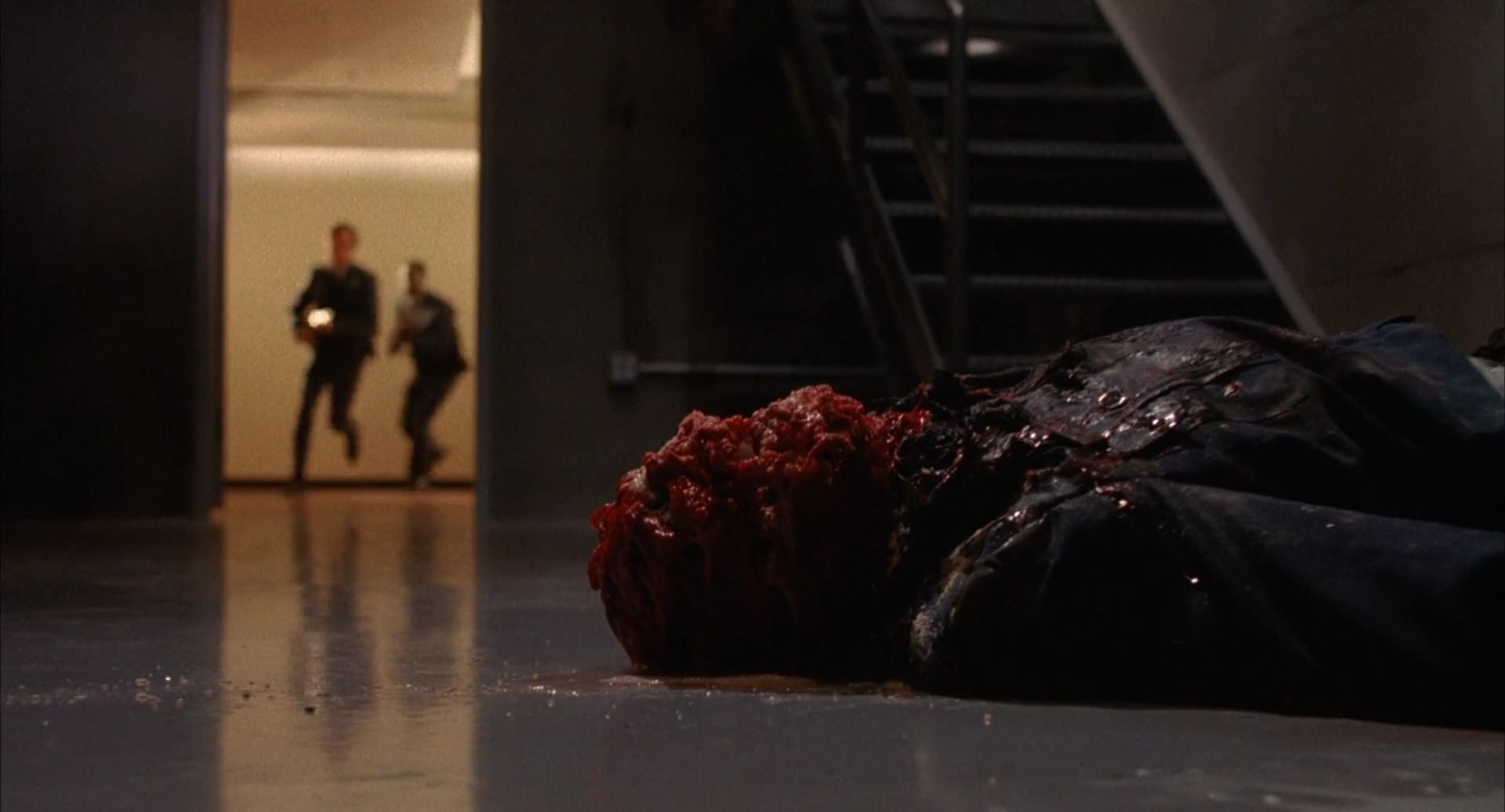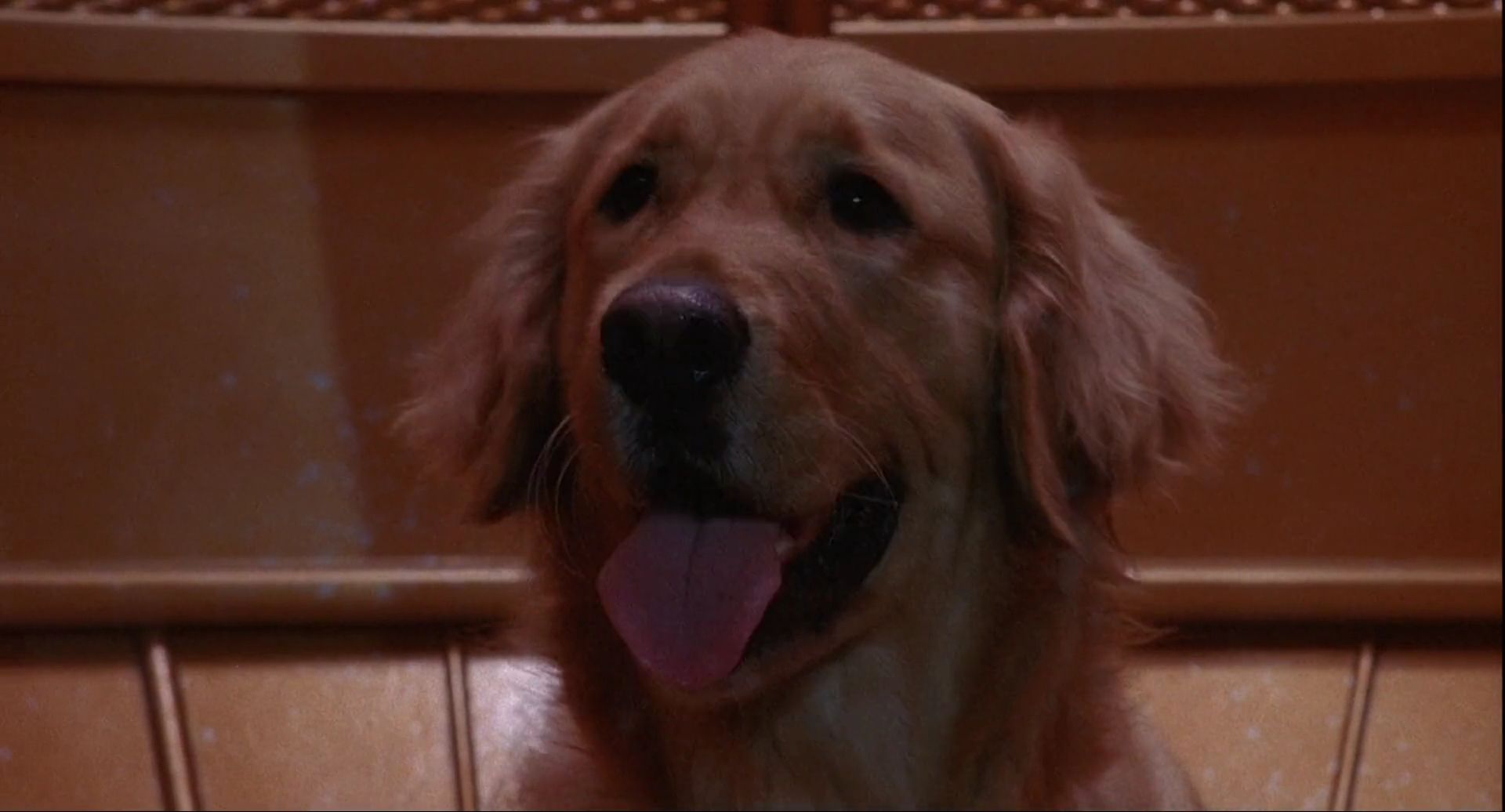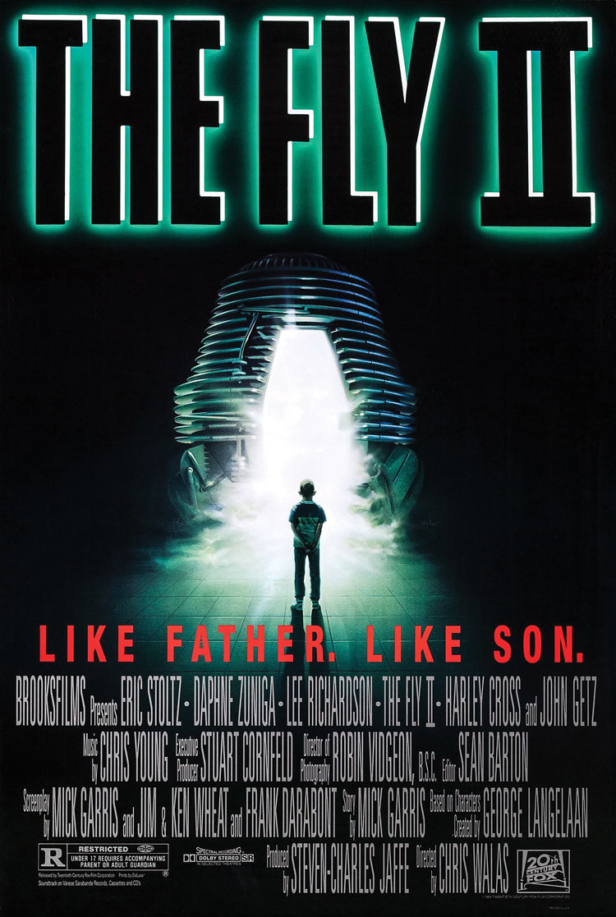“The studio wanted a date movie,” laughs Director Chris Walas, recalling his route into 1989’s twisted creature feature The Fly II. As the follow up to David Cronenberg’s gene-splicing masterpiece, it may come as a surprise to discover this grisly and considerably darker sequel was ever considered suitable Netflix and chill material. Having transformed Jeff Goldblum into the slimy BrundleFly on Cronenberg’s 1986 feature, the make-up skills of special effects maestro Walas were so stomach-churning they won him, and the film, Academy gold. Such success all but guaranteed a sequel and when Cronenberg passed on the opportunity to direct, Walas’ dreams of helming his own feature became a reality.
“As soon as The Fly started making real money, talks began,” Walas tells us. “I thought David really opened up a whole new avenue for sci-fi. At the time, the possibilities seemed amazing. I was interested in trying to take the project into new territory and came up with a few story concepts but the studio really didn’t want to hear it.”
As it turned out, finding a suitable story to follow that of good-willed yet reckless telepod inventor Seth Brundle and his sticky metamorphosis into a housefly following an experiment gone awry was no easy task.
“I knew there would never be any direct relationship to Cronenberg’s film other than character holdhovers and the basic concept of the telepods,” rememebers Walas. “Screenwriter Mick Garris had done the first script which the studio chose not to pursue. Then Jim and Ken Wheat were brought onboard for the second shot at it and I came on around that time.”

After a stint in development hell, it wasn’t until Walas enlisted the help of a now well-known screenwriter and director that The Fly II really started to take flight. “The Wheat Brothers had gotten pretty beat up by the executive committee and the script they turned in reflected that. I had to threaten to walk off the picture when they insisted I do the script,” he reveals. “I brought Frank Darabont on at that point and he turned in a solid script in short order.”
With Goldblum’s BrundleFly and his girlfriend Veronica (Geena Davis) out of the picture (“none of the development scripts had Geena’s character continuing. I would have kept her character in the story somehow if I could have,” teases Walas), the narrative turned its attention to their son Martin, played by Eric Stoltz. “I was – and indeed am – a fan of Cronenberg’s first film. He’s an astonishingly talented director,” says Stoltz. “I was interested in doing The Fly II because I’d been a fan of the first one. I’ve always been interested in trying new things and different genres.”
Darabont’s story finds Martin living as a human science experiment, existing under the constant surveillance of Bartok Industries, the same company that funded his father’s experiments. With his fly-infused DNA catalysing his growth, it’s not long before an adult Martin starts displaying some troubling traits inherited from his father – and sinister company man Anton Bartok (Lee Richardson) wastes no time cashing in on his mutant abilities.
“I loved Lee Richardson,” smiles Stoltz. “He and I had a great time together, laughing and working on the scenes over dinner and lashing out and hating each other at work. It was like those old Wile E Coyote cartoons where the wolf and the sheepdog live next door to each other,” he smiles. “We’d walk to work together chatting, then punch in on the clock and go at each other!”
Of course, character dynamics were only a small part of the production process. The Fly II was first and foremost a monster movie and with Martin’s fully transformed fly creature starkly different in both look and performance from Goldblum’s BrundleFly, visual effects whizz Walas had his work cut out for him.

“Seth Brundle’s final form in The Fly was as a twisted, imbalanced, essentially non-viable lifeform due to an artificial rearrangement,” says Walas. “In The Fly II, Martin was undergoing a natural development. His DNA formed early as a new species but he goes through stages of metamorphosis like an insect instead of the gradual reforming of Seth Brundle,” he explains.
“It wasn’t nearly as bad as Mask, which was four hours every day,” remembers Stoltz, comparing the experience to his similarly make-up intensive turn in 1985’s Rocky Dennis biography. “The special effects make-up was only two or three weeks total but I do remember one day being seven hours in the make-up chair. Luckily we had a fantastic make-up artist named Stephan Dupuis whom I adored. He made it fun.”
Unlike its predecessor, The Fly II required much more of its monster, forcing Walas to pull out all the stops and push the limits of his visual effects skillset. “I wanted The Fly II to be a bit of a homage to the old monster movies I grew up with,” reveals the director. “In his final form, MartinFly had to be able to portray a range of emotions and actions, from horrific to sympathetic. He has more expressive eyes and had a lot more action to do – so his design reflects a healthy, capable creature.”
Stoltz adds: “The challenges were not unfamiliar to me. Doing a role without the aid of your face or physicality is difficult and requires many adjustments for performance and the camera, but you know what? When it comes down to it, it’s kind of a fun challenge.”
Walas shares the sentiment. “It was a challenge,” he says in retrospect. “MartinFly was achieved using a number of full-sized puppets as well as a suit and a small scale puppet. Most of the creature work was achieved with a couple of animatronic puppets. One was a full puppet and the other was a waist-up puppet worn by an operator. There was also a close-up head that had animatronics in it,” reveals Walas. “There weren’t any new techniques used on the creature stuff – there was just more of it!”
Visual effects aside, there was something more menacing under the surface of Walas’ sequel, something that in hindsight emerges as a common theme of Eighties cinema: corporate, capitalist greed. “I wanted a big bad guy and at the time there were a lot of big business take-overs in the film industry that were starting to rearrange creativity,” recalls Walas. “It was happening all over America and there were a lot of negative feelings about it. That soulless, calculating drive for profit – I think it adds a lot to the tone of the film, to set it in that context. Martin’s battles are that much more because of the scale and the nature of the enemy he faces.”
Then there were the more down-to-Earth aspects of Martin’s story – like the ill-fated telepod journey of his pet dog. “It wasn’t a lot of laughs, that’s for sure,” remembers Stoltz. “Bringing up painful memories to create the proper emotional response is not easy or fun, that’s one of the tougher things about acting. Pretty much everyone who talks to me about the film brings up that scene. Having lost many pets over the years, I understand why.”

Walas has had similar experiences regarding that sequence: “There was a huge amount of reaction to Martin putting his dog out of its misery. I think it’s the most emotional scene in the film and Eric really made it work,” he says. “I still get people upset and angry over that scene but it makes Bartok even worse for making Martin go through it.” Speaking of which, the film’s big bad businessman is not without a dark ending of his own.
“The story is really a simple revenge plot,” reasons Walas. “Bartok is a horrible person for his lies and betrayals as well as his later ruthlessness. Somehow his death was simply not justice enough for his crimes and I thought it was a wonderful turn that Bartok winds up being an experiment in his own lab.”
For Stoltz, it was a strange dynamic to uphold considering his fondness for Richardson behind the camera: “He was a lovely fellow so when it came time for us to do that last scene we would goad each other on in a wonderfully odd, darkly supportive way.”
Over thirty years on and with practical effects enjoying a newfound resurgence, The Fly II emerges as a key moment in Eighties cinema, both in terms of its nasty visuals and its harrowing, unforgettable tone. “I’ve had people come up to me asking about the movie and telling me how it freaked them out,” smiles Stoltz. “One person told me how they saw it in Times Square and that people were yelling at the screen – which is ideal. When I think of that time in my life I remember being in love and my girlfriend visiting me in Canada. I remember the super nice cast and crew who were a lovely bunch. It was a good time in life and I’m grateful to have been there.”
For Walas, it’s an experience he’ll always hold close: “It was a lifelong dream come true,” says the director. “I’d wanted to direct as soon as I knew what a director was. The fact that it was a major studio and attached to a previous commitment made it all the more special. It was a milestone in my movie education. It was a personal achievement and one I look back on fondly.”
The Fly II is available on Blu-ray and DVD.
